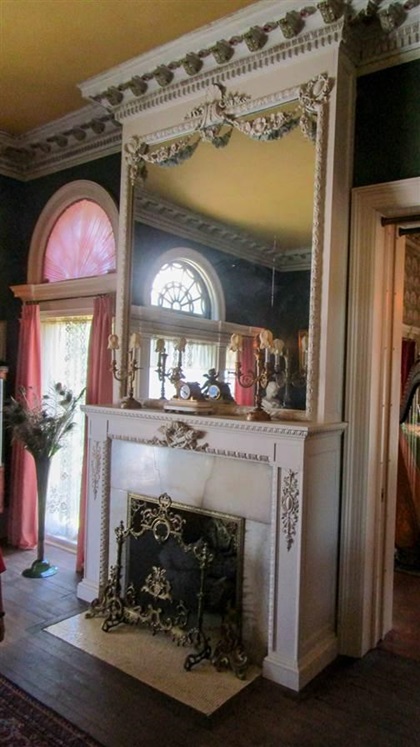Postcards: Hannibal, Missouri
Flying into Mark Twain country

However, his boyhood beginnings on the banks of the Mississippi River in Hannibal, Missouri, are equally celebrated, and well worth a fly-in visit to Twain’s hometown.
Hannibal is a hillside city in northeast Missouri, boasting a population of 17,000. However, its downtown still has its historic foot at a levee by the riverboat landing, accompanied by the railroad tracks that supplanted steamboat commerce. Fortunately for us, Hannibal Regional Airport (HAE) has a fine single runway suitable for most general aviation aircraft at 4,400 feet by 100 feet.
Mark Twain’s town
Hannibal, where young Clemens grew up, provided much of the inspiration for his famous works, The Adventures of Tom Sawyer and The Adventures of Huckleberry Finn. Accordingly, there is a restored “Huckleberry Finn House” where the Huck Finn inspiration, Tom Blankenship, lived—along with the Clemens’ family home; a “Becky Thatcher” museum and home across the street where Clemens’ first sweetheart, Laura Hawkins, resided; the Justice of the Peace building where Clemens’ father, J.M. Clemens, held court; and the Grant’s Drug Store pharmacy, above which the widow Clemens moved with her children after her husband passed away.
All these well-kept attractions are grouped closely, requiring only a single passport-style admission that also gains entry to the Mark Twain Museum two blocks downriver.
Rolling on the river
The riverfront, now as then, provides a backdrop for the downtown area, although it’s no longer the town’s front door through which visitors arrive. To provide a tourist feel for the river-centered past, a replica riverboat provides hour-long cruises up and down the mighty rolling Mississippi, and it’s available for party cruises by arrangement.
Gift shops, restaurants, galleries, and entertainment venues line the downtown streets. We ate at the Ole Planter’s Restaurant and Becky’s Ice Cream Parlor and found them excellent choices, with typical reasonable Midwestern prices. For exercise, you can climb the steps up the hill at the end of Main Street, ascending past the Tom and Huck statues to reach the Mark Twain lighthouse, a modern reconstruction with no purpose other than serving as a landmark.
To range slightly farther afield, the view from Lover’s Leap, a storied 200-foot bluff downriver, is well worth the ride, giving a sweeping panorama of the town and river—and a view across the waterway into Illinois. Immediately upriver lies Quincy, Illinois, and 70 miles downriver is St. Louis, where the Missouri and Illinois rivers merge into the Mississippi.
The Mark Twain Cave attraction, featured in Tom Sawyer, is a few miles south of town and is a necessary stop for all Twain aficionados. While its maze of passageways is not overly replete with subterranean formations, it carries the cache of two centuries of public use, including markings from the time of young Sam Clemens, with graffiti and well-worn footpaths. For a more-natural caving experience, the adjoining Cameron Cave is also available for tours.
Don’t miss the mansion
Our favorite Hannibal site had nothing to do with Mark Twain. The Rockcliffe Mansion is a huge 30-room Georgian Revival edifice, built by lumber magnate John J. Cruikshank around 1898 to 1900 on a hilltop overlooking the town and river. Constructed with the finest of materials and workmanship, it was occupied by the Cruikshank family for the first quarter of the twentieth century and was used for lavish entertaining, including a reception held during the final visit to Hannibal by Clemens in 1902, before his death in 1910.
The uniqueness of the Rockcliffe Mansion stems from its state of preservation and ongoing restoration. Following Mr. Cruikshank’s passing in 1924, it was abandoned by the survivors and sat empty, fully furnished, for 43 years. Only days before the giant house was scheduled to be demolished for land clearance, its historical landmark value was finally recognized and it has since passed through several ownerships, in an attempt to keep it as a window into the past.
Now open March 15 to November 15 for guided tours and bed-and-breakfast stays, the Rockcliffe Mansion provides insight into the gentile elegance of turn of the century living, when electricity and gas lights competed, and indoor plumbing was a mark of wealth. Most of the furniture, wallpaper, fixtures, and woodwork are original, just as the family left them, many imported at considerable cost.
LeRoy Cook is an airline transport pilot, instructor, and frequent contributor to AOPA publications.




